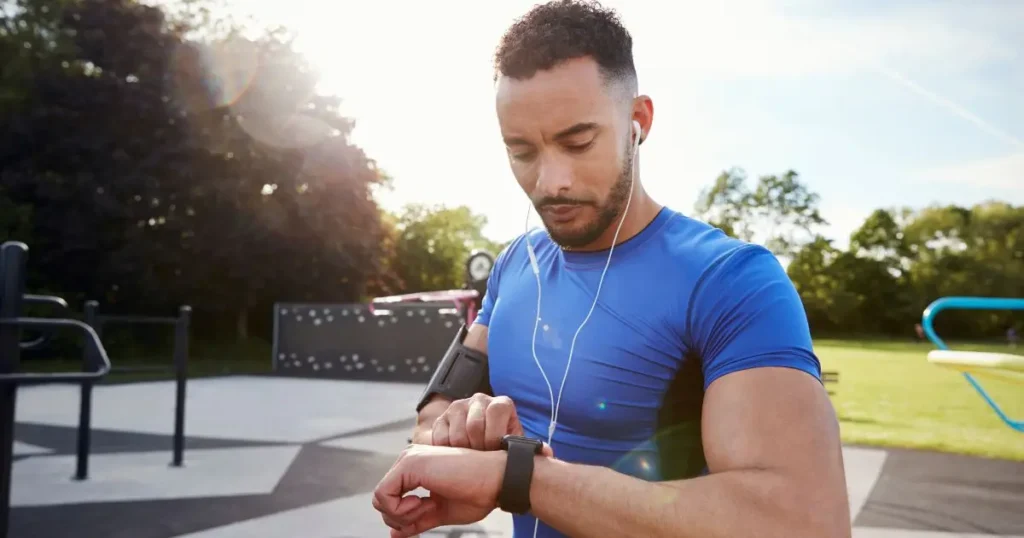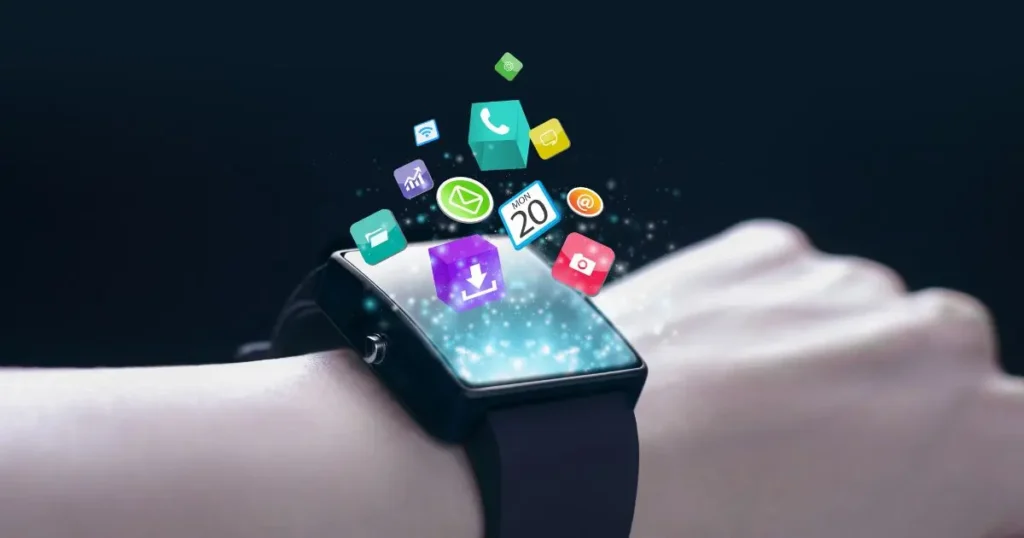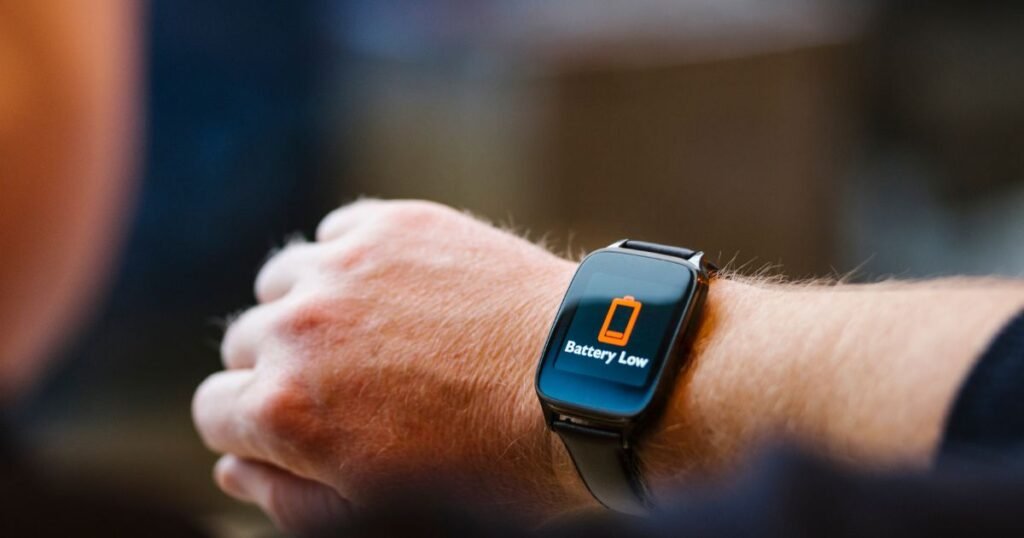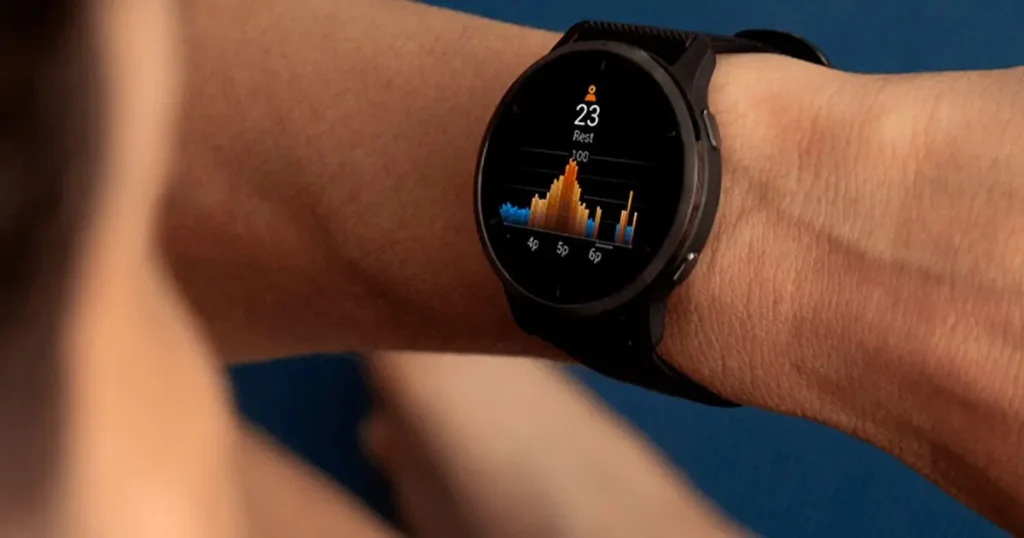
A smartwatch buying guide can be your best friend in today’s crowded wearables market. With brands constantly launching new models, features, and designs, it can be challenging to determine the best smartwatch for specific need — from fitness tracking to stylish office wear. In this guide, we’ll break down the essential factors you should consider before making a purchase. By the end, you’ll feel confident about selecting a smartwatch that truly matches your lifestyle, budget, and preferences. If you’d like a broader perspective on the latest releases and trends, don’t miss our roundup of the Best Smartwatches 2025.
Why a Smartwatch?
Seamless Connectivity
Smartwatches bridge the gap between your smartphone and your daily routine. Instead of rummaging through your bag or pocket for your phone, you can check notifications, respond to messages, and answer calls from your wrist. This streamlined experience not only saves time but also keeps you more present in the moment, whether you’re in a meeting or on the go.
Health and Wellness Insights
Many modern smartwatches come equipped with sensors for heart-rate monitoring, sleep analysis, stress tracking, ECG readings, and SpO2 (blood oxygen) measurements. If you’re focused on improving your health or training for a fitness goal, these metrics can provide valuable insights. Some devices even offer AI-driven coaching or daily readiness scores to optimize your workout schedule. For more detailed coverage of wellness-oriented wearables, check out our Top 5 Smartwatches for Health Monitoring in 2025.
Productivity and Convenience
From setting alarms and reminders to making contactless payments (NFC) and controlling smart-home devices, a smartwatch offers multiple conveniences on your wrist. Voice assistants like Siri, Google Assistant, and Bixby are typically built into their respective platforms, letting you perform quick tasks without reaching for your phone.
Personal Style
Smartwatches come in an array of designs—slim, rugged, minimalist, or extravagant. Interchangeable watch bands and customizable watch faces let you adapt the device for any occasion, whether it’s a workout session or a formal event.
Core Factors to Consider Before Buying

Operating System and Ecosystem
One of the first decisions is choosing an OS (Operating System). Smartwatches generally fall into these main categories:
- watchOS (Apple): Ideal for iPhone users, offering tight integration with Apple services, robust fitness tracking, and a polished app ecosystem. However, it’s less flexible for Android users, as certain features are locked to iOS devices.
- Wear OS (Google): Suited for Android owners, though it also has limited compatibility with iPhones. The platform offers access to Google Play apps and features like Google Assistant.
- Tizen or One UI (Samsung): Some older Samsung watches use Tizen OS, but newer models often utilize a Wear OS-based system co-developed with Google. Samsung devices excel in health metrics, stylish designs, and synergy with Galaxy smartphones.
- Proprietary Systems: Brands like Garmin, Fitbit, and Polar often use their own OS for fitness-focused devices. These can offer superior health metrics and battery life but may lack app variety compared to mainstream platforms.
Tip: If you’re fully immersed in a specific ecosystem—like Apple or Google—opting for the corresponding smartwatch ensures the smoothest experience.
Key Features and Sensors
The best smartwatch for [specific need] may hinge on particular sensors or capabilities:
- GPS: Crucial for runners, cyclists, and outdoors enthusiasts looking to track distance and routes without carrying a phone.
- ECG and Heart-Rate Monitoring: Offers deeper insights into cardiac health. Devices with ECG can detect irregular heart rhythms or AFib, while heart-rate data tracks workout intensity.
- SpO2 Sensor: Monitors blood oxygen saturation, useful for altitude training, sleep apnea checks, or general wellness tracking.
- Sleep Analysis: From basic sleep duration tracking to advanced insights like REM, deep, and light sleep phases, some watches provide robust reports and suggestions.
- Swim Proof / Water Resistance: Athletes or swimmers should look for at least 5 ATM water resistance (up to 50 meters). More rugged wearables can handle diving or water sports.
Battery Life

Battery longevity varies widely among smartwatch brands:
- Daily Charge: Apple Watches and Wear OS devices often need charging every 1–2 days if you’re using multiple features (GPS, always-on display, notifications).
- Multi-Day or Week-Long: Fitness-centric brands like Garmin or Amazfit can last up to a week (or more) on a single charge, especially if you disable features like always-on display or continuous SpO2 tracking.
Tip: If you want a watch you can wear day and night for sleep tracking, consider models known for longer battery life.
Design and Comfort
A smartwatch is both a tech gadget and a style statement. Consider:
- Size and Weight: Watches typically come in two or more case sizes (e.g., 40mm and 44mm). Make sure you pick a size that feels comfortable and suits your wrist shape.
- Band Options: Silicone or nylon is best for workouts, while stainless steel or leather lends a more formal touch.
- Build Materials: Aluminum cases are lighter, stainless steel looks premium, and titanium or ceramic can be more durable.
App Ecosystem and Third-Party Support
While some smartwatches focus on core functionality like notifications and fitness tracking, others boast extensive app stores. If you value third-party apps—like music streaming, banking, or productivity tools—research the app ecosystem of each brand and OS.
Price Range
Smartwatches can range from budget-friendly trackers under $100 to luxury devices over $1,000. Typically, you’ll pay more for advanced features like ECG, LTE connectivity, premium materials, or brand prestige. Identify your non-negotiable features and compare models within your budget.
Matching the Right Watch to Your Needs
Best Smartwatch for Fitness Enthusiasts
- Garmin Forerunner Series: Popular among runners, offering advanced metrics like cadence, VO2 Max, and custom training plans. View in Amazon.
- Fitbit Sense / Versa: Focuses on health, stress tracking, and sleep insights. For a deeper dive into workout-centric choices, see our Best Smartwatches for Fitness. View in Amazon.
- Apple Watch (SE / Series): Delivers robust fitness tracking via watchOS plus access to Apple Fitness+, but battery life is shorter. View in Amazon.
Best Smartwatch for Style and Design
- Fossil Gen Series (Wear OS): Known for fashion-forward designs and interchangeable bands, great for pairing with Android phones.
- Samsung Galaxy Watch: Often merges sleek design with advanced health metrics. The “Classic” editions feature a rotating bezel for navigation.
- Michael Kors / Other Designer Brands: Offer Wear OS or similar with high-end aesthetics. Ideal if you value style as much as functionality.
Best Smartwatch for iPhone Users
- Apple Watch Series: Seamless integration with iOS, comprehensive health features, and polished build. The Apple Watch is the top choice if you’re heavily invested in Apple’s ecosystem.
- TicWatch Pro / Samsung: Some devices can pair with iPhones, but functionality may be reduced compared to pairing with Android phones.
Best Smartwatch for Budget Shoppers
- Amazfit GTS / GTR Series: Competitive prices, strong battery life, decent app for fitness tracking.
- Realme / Xiaomi Wearables: Basic watch features at low cost, usually best for step counting and simple notifications.
- Older or Refurbished Models: Last-generation Apple Watches or Samsung devices can provide premium features at a discount if you don’t need the newest release.
Best Smartwatch for Outdoors and Adventure
- Garmin Fenix / Instinct Series: Rugged build, advanced GPS, offline maps, multi-sport tracking. Ideal for hikers, triathletes, and extreme sports.
- Casio Pro Trek: Some run Wear OS with specialized sensors like altimeter, barometer, compass, great for backcountry exploration.
- Polar Grit X: Suited for endurance athletes wanting robust environmental data, fueling advice, and integrated route guidance.
Additional Considerations

LTE vs. Bluetooth-Only
An LTE-enabled watch can handle calls, texts, and some streaming without a phone nearby. However, LTE drains battery faster and adds monthly data costs. If you’re often away from your phone (during runs or errands), LTE can be a game-changer.
Accessibility and Interface
Check how easy it is to navigate the watch’s interface. Some rely heavily on touchscreens, while others have rotating crowns or bezels. If you have specific accessibility needs, evaluate watch controls or check whether the OS supports voice commands effectively.
Warranty and Customer Support
Look into each brand’s warranty policies, repairs, and customer service reputation. Reputable companies often provide efficient repairs or replacements, minimizing downtime if something malfunctions.
Trade-Ins and Discounts
Major manufacturers sometimes offer trade-in deals for upgrading from older devices. Retailers may provide seasonal discounts around Black Friday, Prime Day, or new product launches, which can substantially lower prices.
Conclusion
Selecting the right smartwatch for your needs revolves around balancing must-have features (fitness tracking, robust ecosystem support, style preferences) with budget and comfort. By identifying your primary use cases—such as daily notifications, advanced health metrics, or adventure sports tracking—you can narrow down options from the vast selection available.
Remember to factor in battery life, operating system compatibility, build quality, and price. If you’re an iPhone user, Apple Watch might be your best bet for seamless integration, while Android enthusiasts could lean toward Wear OS or Samsung’s Galaxy Watch line. If you’re all about advanced athletic metrics, Garmin or Polar might suit you better.
Frequently Asked Questions (FAQ)
- Do I really need a smartwatch?
It depends on how much you value fitness tracking, notifications on the go, and convenience features. If these benefits enhance your daily life, a smartwatch can be a worthwhile investment. - Can I switch the watch band easily?
Most brands allow band swapping. Apple, Samsung, Garmin, and others typically use proprietary but simple-to-remove connectors. Third-party bands are widely available. - What’s the difference between a smartwatch and a fitness tracker?
Fitness trackers focus primarily on health metrics like steps, calories, and heart rate. Smartwatches add broader functionalities—apps, notifications, music control, payments, etc.—often with a more robust OS. - How accurate is smartwatch heart rate and ECG?
Accuracy has improved significantly, especially on devices with FDA-cleared ECGs (like Apple Watch, certain Samsung models, etc.). They’re reliable for day-to-day tracking but shouldn’t replace professional medical devices. - How do I ensure my smartwatch is secure for mobile payments?
Use watches that support encrypted payment platforms (Apple Pay, Google Pay, Samsung Pay) with passcodes, biometrics (if applicable), and keep the watch’s OS updated to patch security vulnerabilities.
